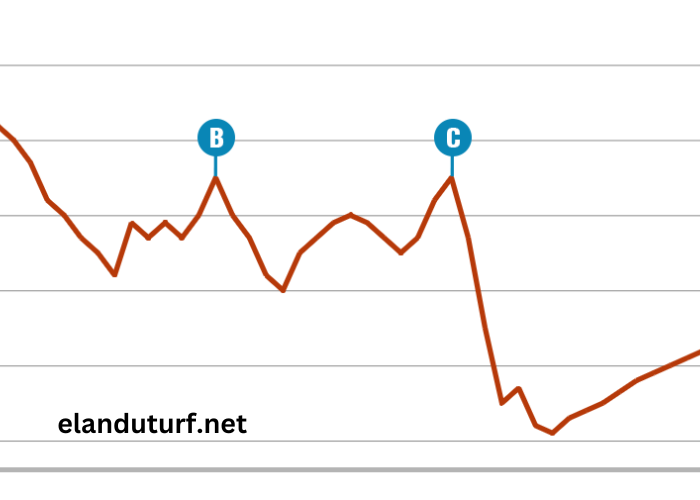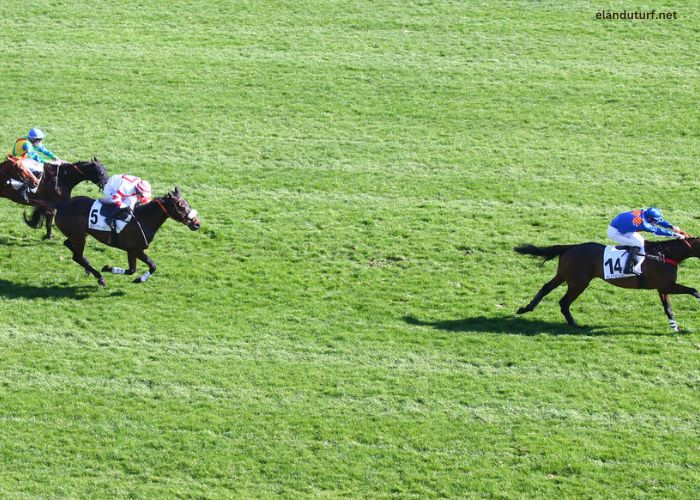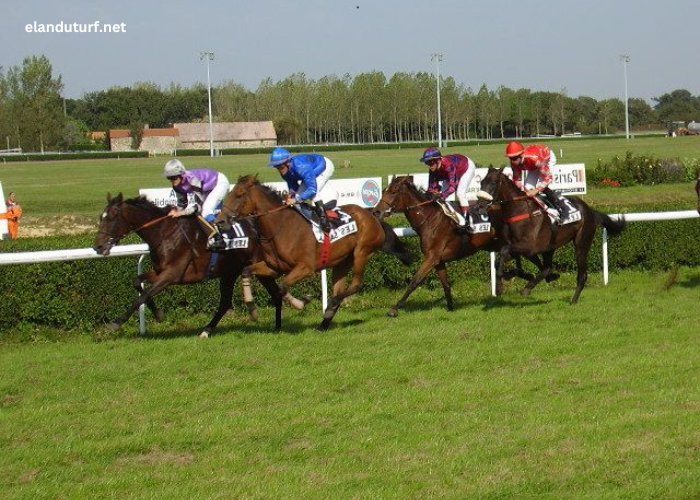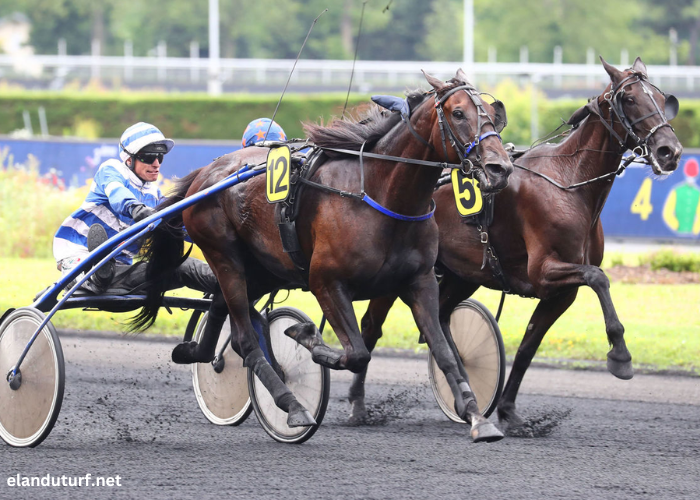Betting on horse racing is an ancient pastime, steeped in tradition and excitement. One of the critical aspects that fascinates both seasoned bettors and newcomers is the concept of odds, known in French as “cotes.” The evolution of these odds is a dynamic process influenced by various factors, ranging from the performance of horses to the behavior of the betting market. This article delves deep into the intricacies of “Evolution Des Cotes,” exploring its significance, the underlying mechanics, and how understanding this evolution can enhance betting strategies.
Understanding the Basics of Cotes
Before diving into the evolution of odds, it’s essential to understand what cotes are and how they function. In horse racing, cotes represent the probability of a particular outcome, typically a horse winning a race. These odds are usually expressed in fractional or decimal form. For example, fractional odds of 5/1 indicate that for every one unit wagered, five units will be won if the bet is successful. Decimal odds of 6.00 mean that a winning bet returns six times the original stake.
Odds are not just numbers; they are the embodiment of collective belief in a horse’s chances of winning, calculated by bookmakers based on various factors, including the horse’s past performances, the jockey’s skill, the conditions of the racecourse, and even the weather. The odds are also influenced by the amount of money being wagered on each horse. The more people bet on a particular horse, the shorter the odds become, reflecting the perceived likelihood of that horse winning.
The Dynamics of Odds Evolution
The evolution of cotes is a continuous process that occurs from the moment the odds are first posted until the race begins. This evolution is driven by several factors, each of which can cause the odds to shift, sometimes dramatically.
One of the primary factors influencing the evolution of odds is the flow of money into the betting market. As more bets are placed on a particular horse, the bookmaker adjusts the odds to balance the book and minimize potential losses. This adjustment often leads to a shortening of the odds for the favored horse while lengthening the odds for others. This movement reflects the market’s perception of the horse’s chances, influenced by the weight of money rather than just the horse’s form or ability.
Another critical factor in the evolution of odds is the availability of new information. As race day approaches, information about the horses, jockeys, and race conditions becomes more accurate and detailed. For instance, if a leading jockey is injured or a horse’s training regime is disrupted, this information can significantly impact the odds. Additionally, weather conditions on race day can alter the racecourse’s condition, favoring certain horses over others, and prompting shifts in the odds.
The evolution of cotes is also influenced by the strategies employed by professional bettors, also known as “sharps.” These bettors often have access to advanced data and insights that the general public may not. When these sharps place significant bets, bookmakers take notice and adjust the odds accordingly. This adjustment is a form of risk management, ensuring that the bookmaker is not overly exposed to large payouts.
The Role of Technology in Odds Evolution
In the modern era, technology plays a pivotal role in the evolution of cotes. Online betting platforms have made it easier for bookmakers to gather and analyze data in real-time, allowing for more accurate and dynamic odds-setting. Algorithms and artificial intelligence are increasingly used to predict outcomes based on vast amounts of historical data, weather patterns, and even social media trends.
These technological advancements have also led to the rise of in-play betting, where odds evolve continuously as the race unfolds. This real-time adjustment allows bettors to place wagers during the race, reacting to the live performance of the horses. In-play betting requires a deep understanding of the race dynamics and the ability to make quick decisions based on evolving odds.
The accessibility of online betting platforms has also contributed to the globalization of the betting market. Bettors from different parts of the world can now participate in races they may not have previously had access to, bringing diverse perspectives and betting behaviors that influence the odds evolution.
Psychological Factors in Odds Evolution
While the evolution of cotes is largely driven by data and market dynamics, psychological factors also play a significant role. The behavior of the betting public can lead to shifts in odds that may not be entirely rational. For instance, a horse with a famous owner or a well-known jockey may attract more bets due to their reputation, leading to shorter odds even if the horse’s form does not justify it.
Herd behavior is another psychological factor that influences odds evolution. When bettors see that a particular horse is attracting a lot of attention and the odds are shortening, they may be inclined to follow the crowd, further driving the odds down. This phenomenon can sometimes lead to over-betting on a horse, creating value opportunities for discerning bettors who can identify underpriced horses.
Emotion-driven betting, such as placing bets on a favorite horse despite its slim chances, also contributes to odds evolution. Bookmakers are aware of these tendencies and adjust the odds to reflect the anticipated betting patterns, ensuring they maintain a balanced book.
Strategies for Leveraging Odds Evolution
Understanding the evolution of cotes can significantly enhance a bettor’s strategy. By monitoring the odds’ movement, bettors can gain insights into market sentiment and make more informed decisions. For instance, if a horse’s odds are shortening, it may indicate strong market confidence, possibly due to insider knowledge or emerging information.
One effective strategy is to look for value bets, where the odds are longer than the actual probability of the horse winning. This scenario often arises when the market overreacts to certain information, such as a minor injury to a jockey or a change in weather conditions. Savvy bettors who can identify these overreactions can place bets at favorable odds before the market corrects itself.
Timing is also crucial in leveraging odds evolution. Some bettors prefer to place their bets early, before the odds start to evolve, particularly if they believe they have identified value. Others may wait until closer to race time when the odds have stabilized and all relevant information is available. Both approaches have their merits, and the choice often depends on the bettor’s risk tolerance and confidence in their analysis.
In-play betting offers another opportunity to leverage odds evolution. By observing the race and reacting to live odds changes, bettors can take advantage of fluctuations in real-time. However, this strategy requires quick thinking and a deep understanding of the race dynamics, as the odds can shift rapidly based on the horses’ performance.
The Impact of Regulations on Odds Evolution
Regulatory frameworks in different countries also influence the evolution of cotes. In some regions, strict regulations on advertising, promotions, and the types of bets allowed can affect how odds are set and evolve. For instance, in jurisdictions where in-play betting is restricted, the odds evolution may be less dynamic, focusing more on pre-race conditions and market sentiment.
Regulations also impact the availability of information, with some regions having more transparent reporting of race-related data, which in turn affects how odds are perceived and evolve. Bettors in such regions may have access to more detailed information, leading to a more informed and competitive betting market.
Bookmakers operating in regulated markets must comply with rules that may influence how they adjust their odds. For example, some regulations require bookmakers to maintain a certain payout percentage, which can affect the odds offered and their subsequent evolution.
The Future of Odds Evolution
As technology continues to advance and the betting market becomes increasingly globalized, the evolution of cotes is expected to become even more sophisticated. Machine learning and artificial intelligence will likely play a more prominent role in odds-setting, analyzing vast amounts of data to predict outcomes with greater accuracy.
The integration of blockchain technology could also impact the evolution of cotes by providing greater transparency in the betting market. This transparency could lead to more trust in the odds offered and potentially reduce the influence of psychological factors like herd behavior.
Additionally, the rise of social betting platforms, where bettors can share tips and insights with each other, could influence how odds evolve. These platforms create a more communal betting experience, where the collective wisdom of the crowd may play a larger role in shaping odds.
Conclusion: Mastering the Evolution of Cotes
The evolution of cotes is a complex and dynamic process influenced by a myriad of factors, including market behavior, information flow, technology, and psychology. For bettors, understanding this evolution is crucial for making informed decisions and developing effective betting strategies. By staying attuned to the factors that drive odds changes, such as market sentiment, emerging information, and psychological influences, bettors can enhance their chances of success.
As the betting landscape continues to evolve, those who can adapt to the changing dynamics of odds evolution will be best positioned to capitalize on opportunities. Whether through early betting, in-play strategies, or value betting, mastering the art of understanding and leveraging the evolution of cotes can make the difference between a winning and losing bet. As technology and global betting markets continue to shape the future of odds evolution, staying informed and adaptable will remain key to success in the ever-changing world of horse racing betting.




